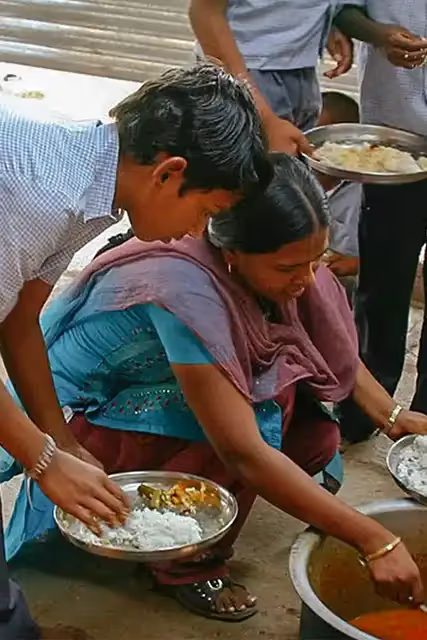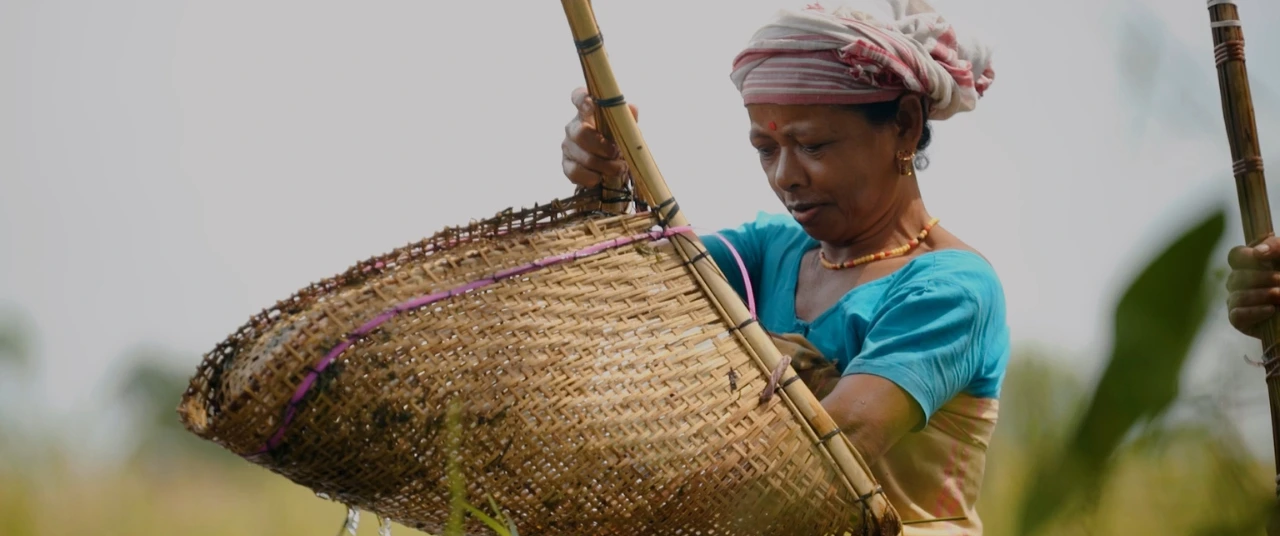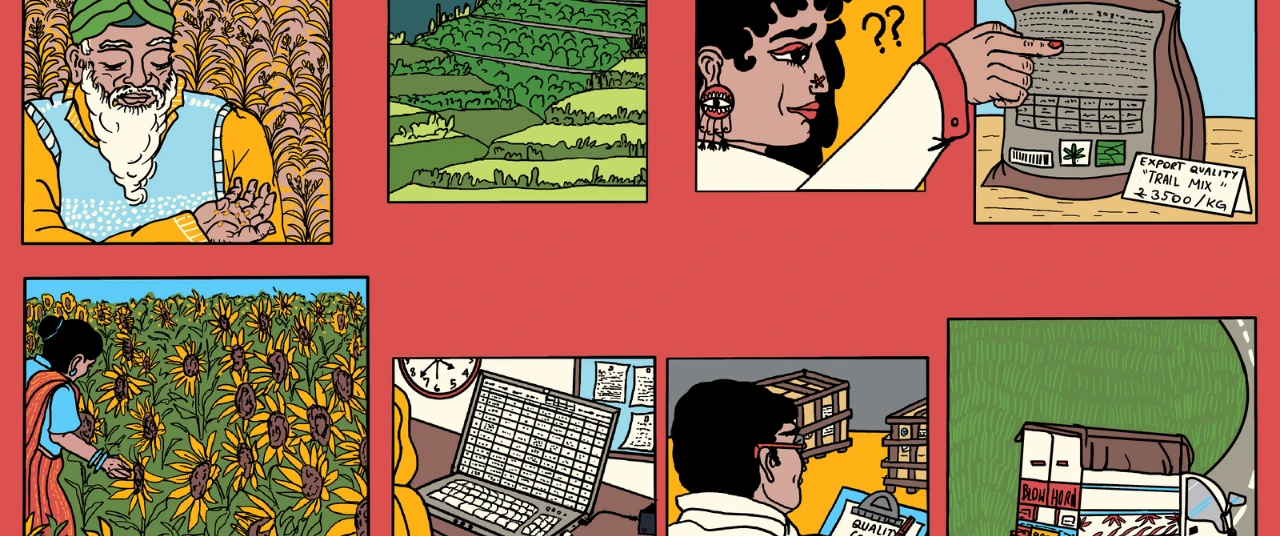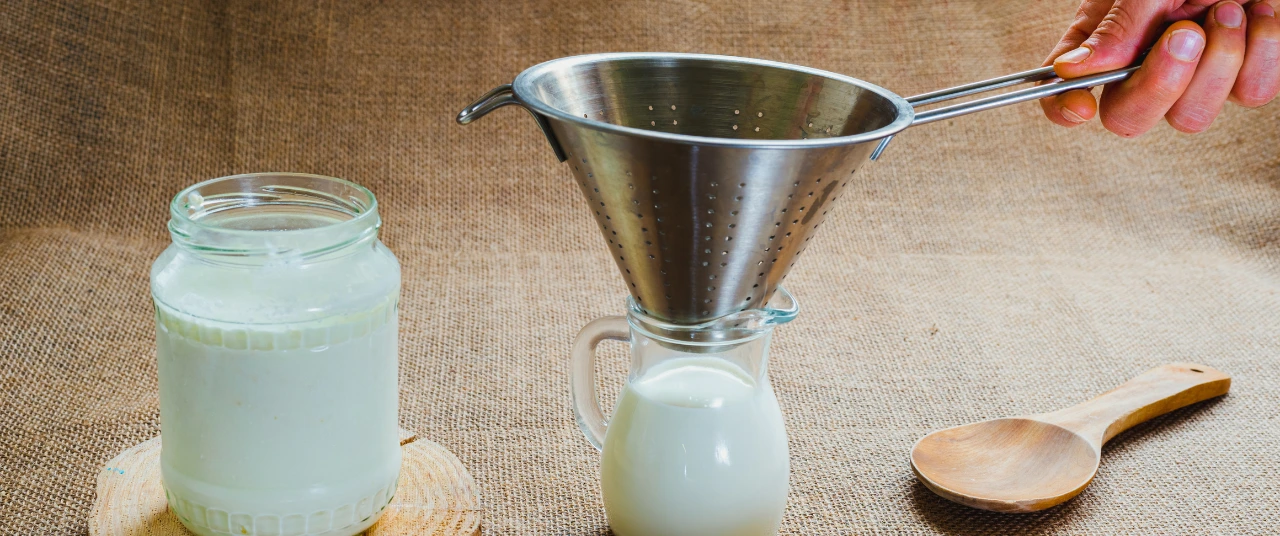Millions of kids rely on school lunches, but is the new "super rice" safe for all?






In India, food security programs have long been mired in controversy, with frequent criticism over both the quality and quantity of food provided. These schemes, designed to combat malnutrition, often fail not due to a lack of resources but because of inefficient supply chains and a lack of focus on nutritional standards.
Recently, the Madras High Court directed the central government to address concerns about potential health impacts linked to fortified rice. Made under FSSAI standards, fortified rice involves blending rice with three crucial micronutrients: Iron, folic acid, and vitamin B12. This rice reaches millions of Indians through food security schemes, including the widely praised Mid-Day Meal (MDM) program, a free school feeding initiative supported by educators and economists.
The Union Ministry of Consumer Affairs, Food, and Public Distribution stood accused of neglecting essential operational guidelines for evaluating the distribution and use of fortified rice among its intended recipients, including through the MDM program and other schemes.
The Union Ministry of Consumer Affairs, Food, and Public Distribution has faced accusations of neglecting crucial guidelines for distributing and evaluating fortified rice. Critics argue that the rice lacks necessary warning labels to caution individuals with certain health conditions. The Indian Council of Medical Research has highlighted the absence of thorough medical evaluations since the pilot program's rollout, raising questions about potential health risks. Moreover, NITI Aayog, the government’s policy think tank, recommended a baseline study before introducing fortified rice, a step seemingly overlooked.
{{marquee}}
Promising start
In 2020, during the announcement to introduce fortified rice under the MDM, then Food Secretary Sudhanshu Pandey emphasized that India runs the world's largest food program under the National Food Security Act (NFSA), which legally entitles 810 million beneficiaries.
During his 75th Independence Day speech in 2021, Prime Minister Narendra Modi announced the government's commitment to distributing fortified rice through central schemes by 2024 to combat malnutrition among underprivileged communities. The initial phase, which started in October 2021, saw fortified rice being provided through the Integrated Child Development Services (ICDS) and the Pradhan Mantri Poshan Shakti Nirman (formerly Mid-Day Meal Scheme). The second phase began on April 1, 2022, targeting 291 specific districts, with the third phase launching in April 2023.
Challenges emerge
But in 2023, a report surfaced unfolding the reality about the quality of rice being served to children. School Development and Monitoring Committees, students, and teachers reported improperly cooked rice, yet no inquiry was conducted into the staple's quality. Current allegations that the grain was not thoroughly evaluated before reaching plates add to the concerns.
Sanjeev Chopra, the current secretary in the Department of Food and Public Distribution, assured that the Center is “on track to achieve 100 percent distribution of fortified rice across all rice consuming districts in the country.” Once fortified rice is fully distributed across all districts by the end of this fiscal year, the program's annual cost will go up to Rs 2,680 crore. But the situation of India’s food distribution system continues to be grim despite money being funnelled into the meal programmes by the government.
Call for accountability
The Mid-Day Meal program was introduced to ensure at least one nutritious meal for government school students and to boost attendance. The logic is simple: well-fed children can concentrate better and are more likely to attend school, especially those from impoverished families. However, some regions struggle to meet even this secondary goal, as the number of students relying on the program decreases.
A decade ago, the Comptroller and Auditor General (CAG) had concluded that the Mid-Day Meal scheme had been ineffective. But with thousands of crore rupees being channelled each year, wiser decisions should be made as the government becomes liable if it fails to meet the required quality mid-day meal as legally mandated by the National Food Security Act, 2013.
Explore other topics
References
1. The Hindu. (2023, July 28). Cabinet approves distribution of fortified rice across schemes https://www.thehindu.com/news/national/cabinet-approves-distribution-of-fortified-rice-across-schemes/article65303222.ece
2. Times of India. (2023, July 27). Soggy raw rice served to students in Karnataka SDMC https://timesofindia.indiatimes.com/city/mangaluru/soggy-raw-rice-served-to-students-in-karnataka-sdmc/articleshow/97962469.cms
3. The Hindu Business Line. (2023, August 2). Govt to spend ₹2,680 crore annually on rice fortification https://www.thehindubusinessline.com/economy/agri-business/govt-to-spend-rs-2680-crore-annually-on-rice-fortification/article67224149.ece
4. Ministry of Education. Mid-day meal scheme. Ministry of Education, Government of India. http://mhrd.gov.in/mid-day-meal
5. Times of India. (2023, August 1). Decline in number of students opting for midday meals in Dharwad district. https://timesofindia.indiatimes.com/city/hubballi/decline-in-number-of-students-opting-for-midday-meals-in-dharwad-district/articleshow/109707396.cms
6. Press Information Bureau. (2017, July 21). Over 12 crore children are benefitting from the scheme. Press Information Bureau. http://pib.nic.in/newsite/mbErel.aspx?relid=12835



































